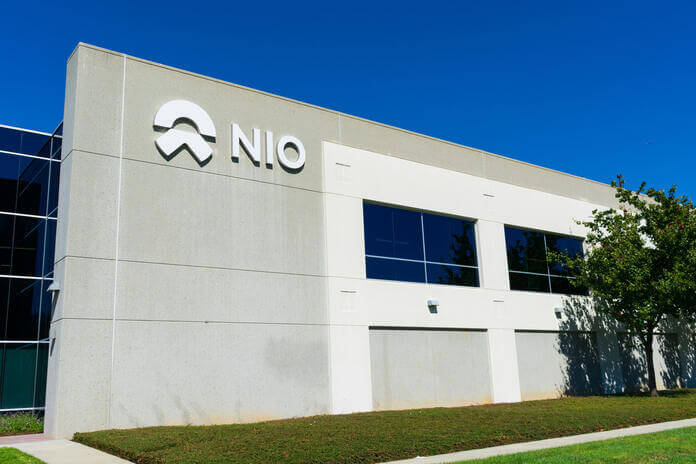On Tuesday, NIO (NIO stock) said that the number of vehicles delivered in October was 10,059. That is a decrease from September’s delivery total of 10,878.
Investors are getting a little anxious about the demand for electric vehicles in China due to price reductions and slower sales growth. After looking at the monthly delivery data from the country’s EV manufacturers, this anxiety appears warranted.
Despite this, there were connected stocks that were going up on Tuesday’s trade. After all, the American depositary receipts of Chinese companies have taken a significant beating recently.
October’s performance fell short of expectations on Wall Street by a few thousand units. After the production capacity was upgraded, it was anticipated that NIO would begin producing a greater number of vehicles each month. The company stated in a news statement that “vehicle production and delivery were hampered by operation issues in our plants as well as supply chain volatilities due to the Covid-19 crises in some places in China.”
NIO ADRs opened about 8% higher on Tuesday but have given back some of those gains and are presently up around 3% in midday trading. This is despite deliveries that were lower than had been hoped for. The S&P 500 and the Dow Jones Industrial Average are currently trading with losses of approximately 0.2% and 0.3%, respectively.
The increase in the NIO ADR price is a comfort to investors who have been struggling. The price of NIO ADRs had dropped by around 39% during the previous month and 69% so far this year before trading on Tuesday. The combination of increasing interest rates and rising geopolitical tensions between the United States and China has devastated the stock market.
Investors have also been made uneasy by price reductions. Around the 24th of October, Tesla (TSLA) decreased the list prices for its automobiles that are sold in China. A couple of days later, pricing for electric vehicles produced by a contract manufacturer working on behalf of the smartphone company Huawei was also lowered. The reduction in prices may be a reflection of the reduced costs. However, this may point to a decline in demand for brand-new automobiles.
In October, XPeng (XPEV) delivered 5,101 automobiles, which is a decrease from the previous month’s total of 8,468 vehicles delivered. The financial district of Wall Street required more than 10,000 deliveries.
XPeng ADRs, similar to NIO’s, opened at a higher level and increased by over 5% within the first few hours of trading today. During the lunchtime trading session, ADRs are currently around 1.8%.
In October, Li Auto (LI) delivered 10,052 vehicles, which is a decrease from the previous month’s delivery total of 11,531 vehicles. That is very close to what the expectations were on Wall Street.
As early as Tuesday morning, Li ADRs exhibited gains of up to 10.9%. At $14.70 per share, they are still up almost 7.9%.
Together, the three only delivered a little more than 25,000 automobiles throughout the month, which is a significant decrease from the total of 30,877 vehicles delivered during the previous month. Following an easing of restrictions imposed by COVID, June saw a return to record combined monthly deliveries. During that month, the three companies supplied a total of 41,280 vehicles.
In general, delivery outcomes are nothing to write home about; however, investors aren’t paying much attention to this fact because the value of all Chinese ADRs has increased following news that additional limitations on the use of Covid were going to be relaxed in the nation. On Tuesday, the Shanghai Composite Index experienced a gain of 2.6%.
ADRs for Li and XPeng, much like those for NIO, have been severely battered. This pair had lost approximately 58% and 87%, respectively, since the beginning of the year in 2022 when trading began on Tuesday.
It’s possible that trade in NIO stock, XPeng stock, and Li ADRs is helping to enhance the price of Tesla stock. Shares of Tesla have been trading as high as $237.40, and they are currently up around 0.9% in noon trading, where they are priced at $229.52 per. The Nasdaq CompositeCOMP –0.67% has experienced a loss of almost 0.8%.
Featured Image- Megapixl @ Michaelvi















